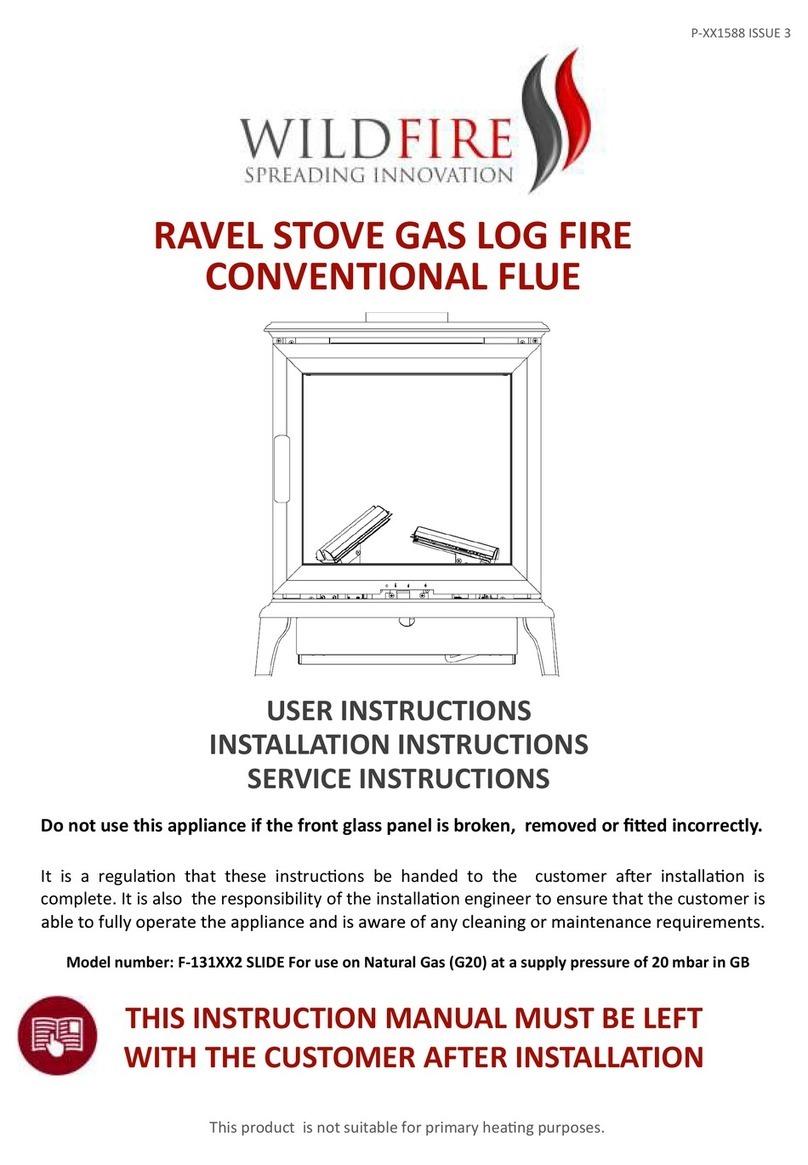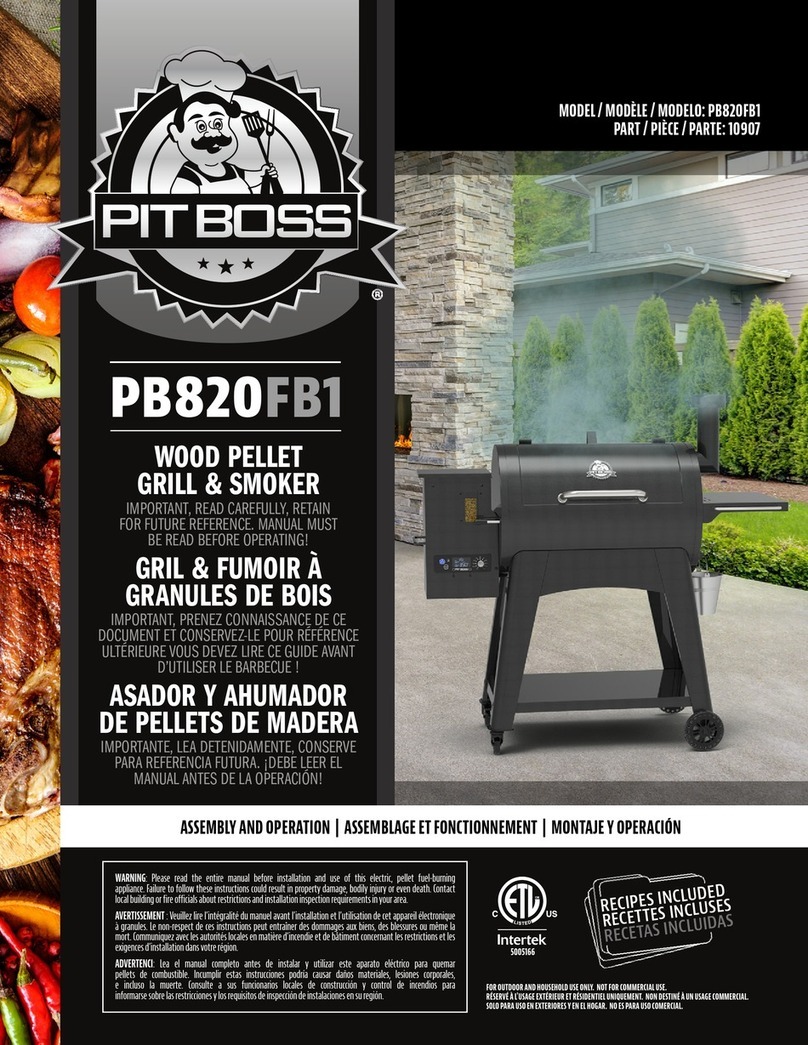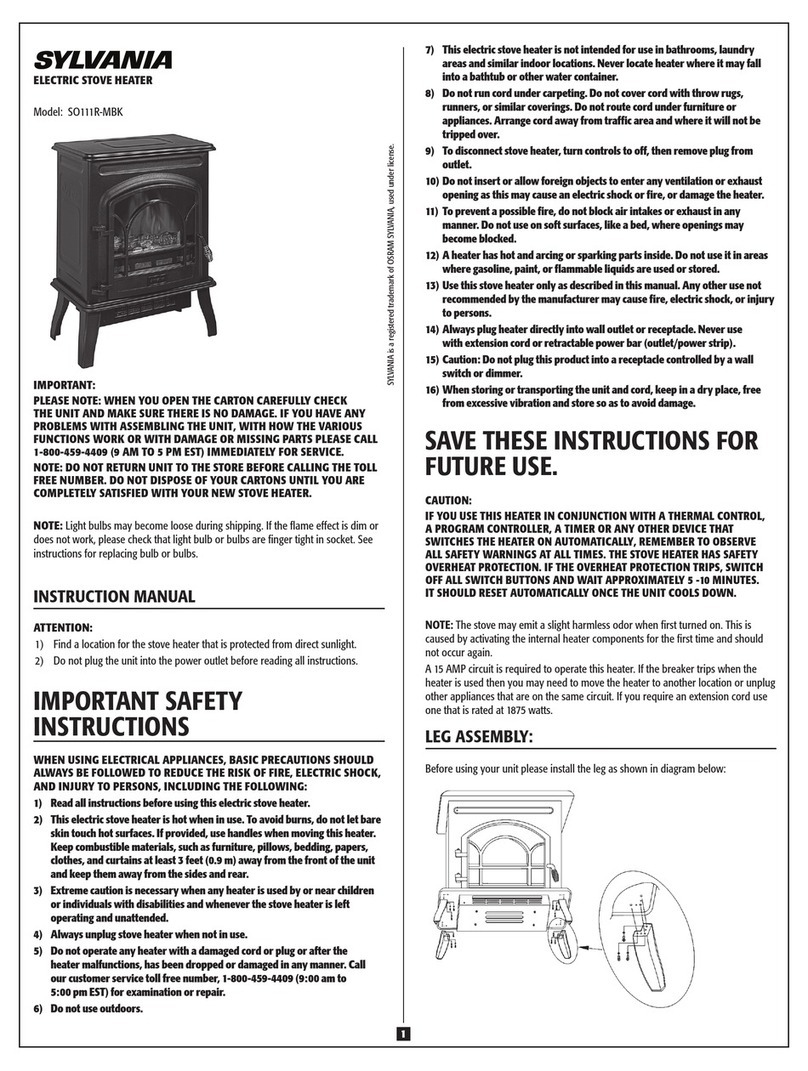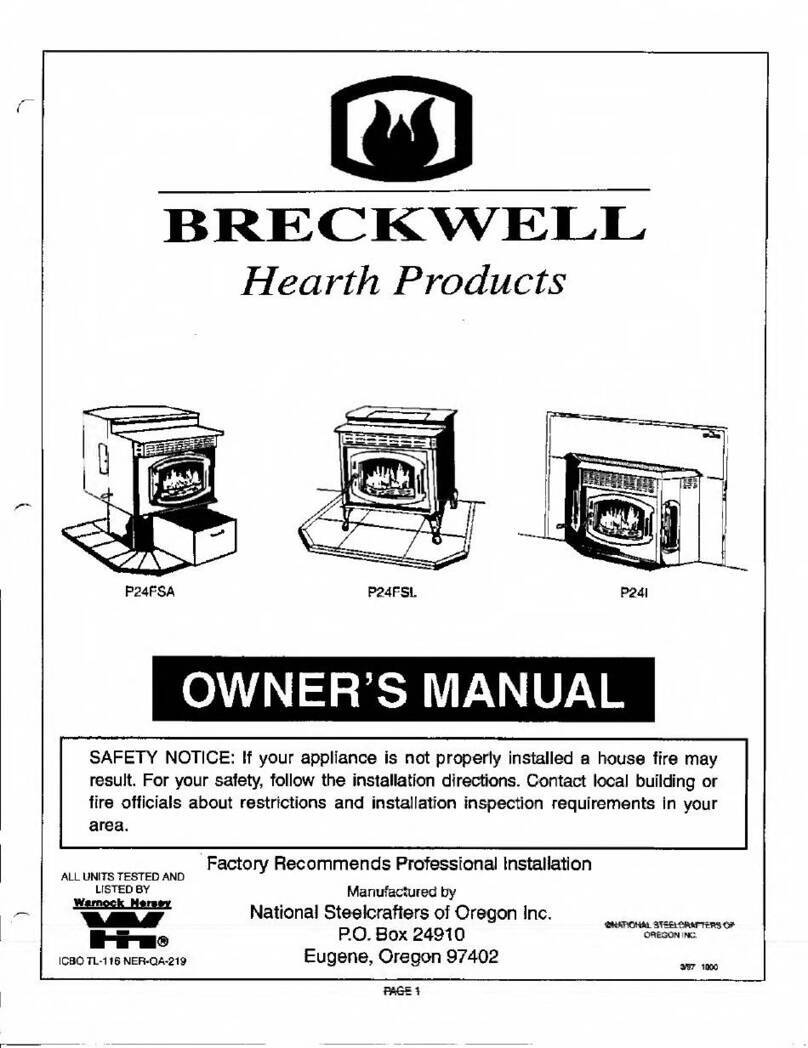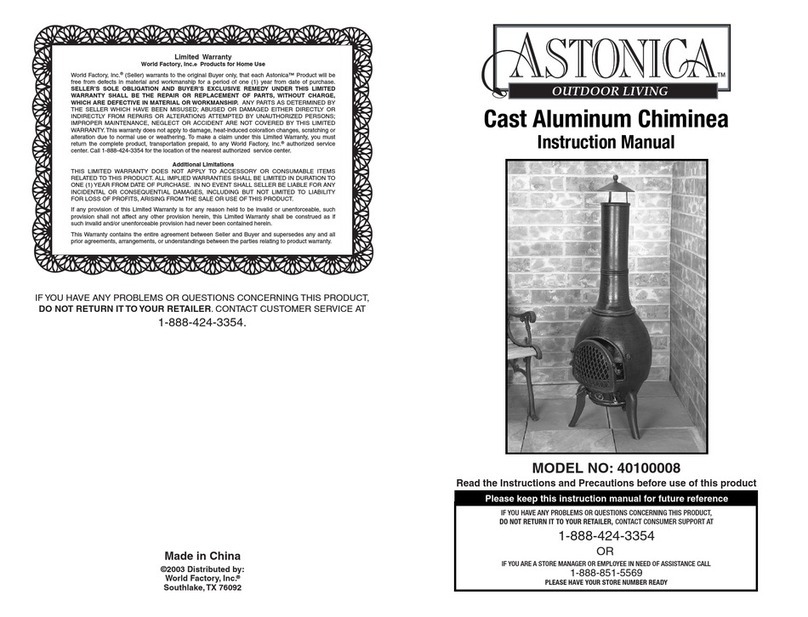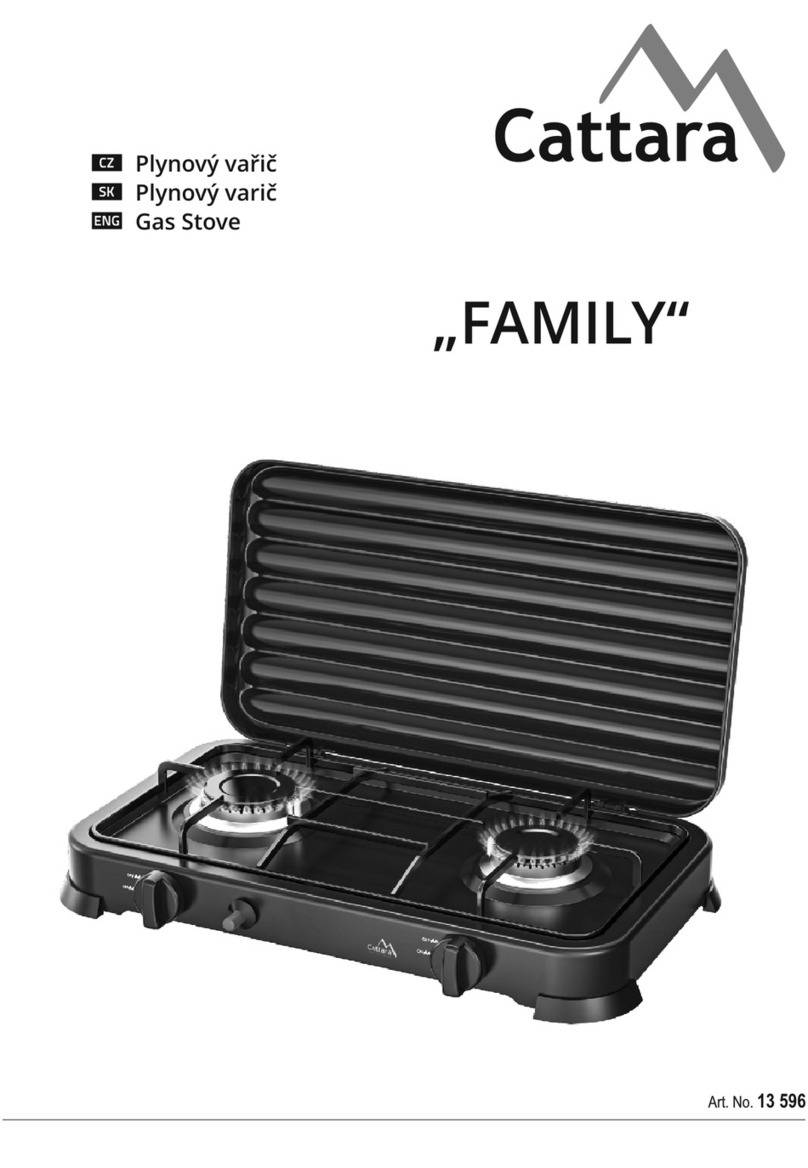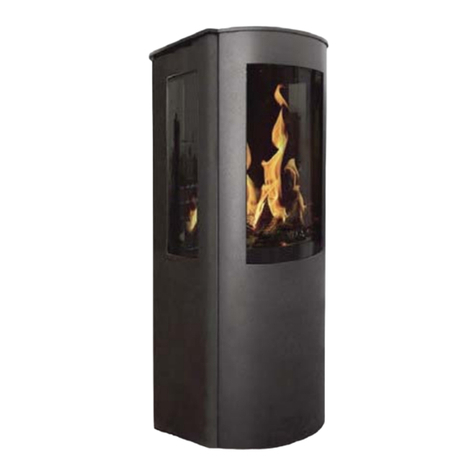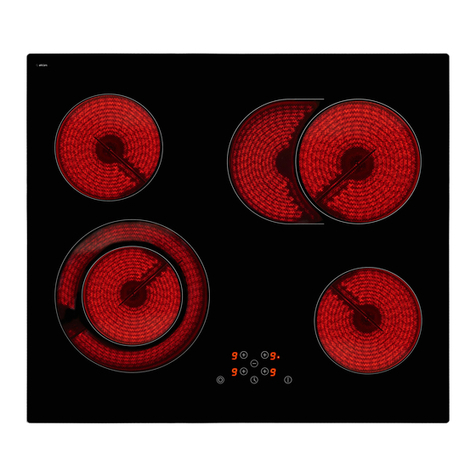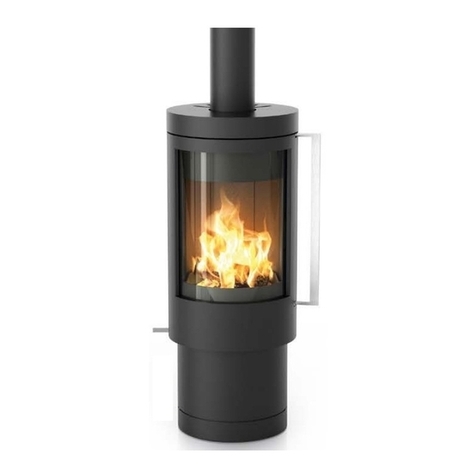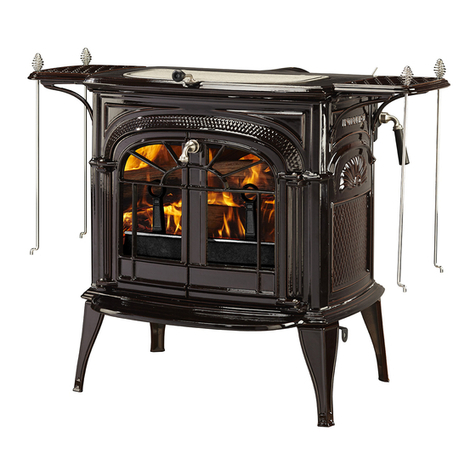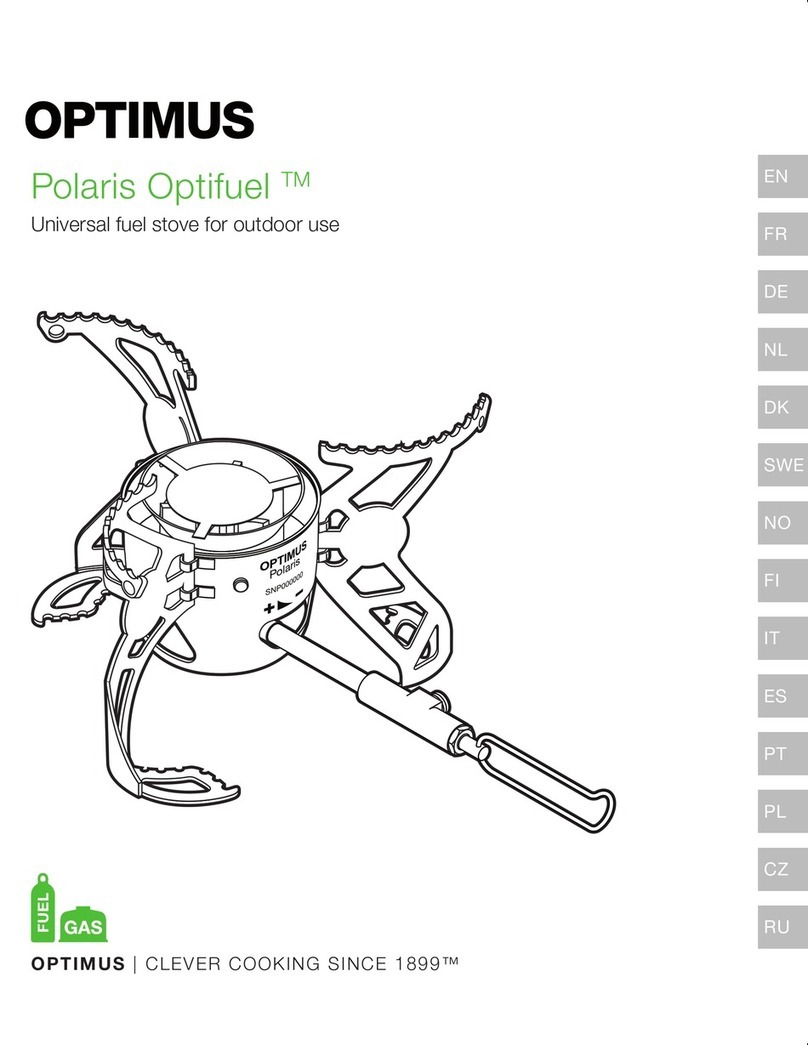
D
C
I
G
B
E
A
J
A Fuel bottle/ Bouteille de fuel/ Brennstoffflasche/ Bränsleflaska/ Brenselflaske/ Brandstoffles/ bombona
de combustible/ bombola del combustible
B Pump/ Pompe/ Pumpe/ Pump/ Pumpe/ Pomp/ Bomba/ Pompa
C Burner/ Brûleur/ Brenner/ Brännare/ Brenner/ Brander/ Quemador/ Bruciatore
D Pot support/ Pieds/ Stützbeine/ Ben/ Ben/ Poten/ Soportes/ Piedini di supporto
E Control valve/ Robinet de réglage d’alimentation/ Brennstoffregler/ Bränslereglage/ Brenselregulator/
Ventiel/ Válvula de control/ Valvola di controllo
F Multitool/ Outil multi-usages/ Multiwerkzeug/ Multiverktyg/ Multiverktøy/ Multi-sleutel/ Multiherramienta/
Attrezzo multifunzione
G Quick connect/ Raccord rapide/ Schnellanschluss/ Snabbkoppling/ Hurtigkopling/ Snelkoppeling/
Conector rápido/ Allacciamento rapido
H Fuel feed valve/ Soupape d’alimentation de combustible/ Ventil für die Brennstoffzufuhr/
Bränsleventil/ Brenselsventil/ Ventiel van de brandstoftoevoer/ Válvula de alimentación de combustible/
Valvola di alimentazione combustibile
I Fuel hose/ Tuyau à combustible/ Brennstoffschlauch/ Bränsleslang/ Brenselslange/ Brandstofslang/
Manguera del combustible/ Manichetta del combustibile
J Cup/ Coupelle/ Behälter/ Kopp/ Kopp/ Behuizing/ Taza/ Tazza
TECHNICAL SPECIFICATION/ FICHE TECHNIQUE /TECHNISCHE DATEN/ TEKNISK
SPECIFIKATION/TEKNISKE SPESIFIKASJONER/ TECHNISCHE GEGEVENS/ DATOS
TECNICOS/ DATI TECNICI
Fuel/Combustible/Brennstoff/
Bränsle/Brensel/Brandstof/Combus-
tible/Combustibile:
Optimus Arctic Fuel, White Gas,
Gasoline/petrol, Kerosene, Diesel,
Jet Fuel, and others/ Combustible
Optimus Arctic, essence purifiée.
Essence automobile, pétrole lampant,
gazole, kérosène, etc./
Optimus
Arctic Fuel, weißes Gas, Autobenzin,
Kerosin, Diesel, Turbinentreibstoff
und andere/
Optimus Arctic Fuel, ren
bensin, bilbensin, fotogen, diesel
mm.
/
Optimus Arctic Fuel, kjemisk
ren bensin, bilbensin, parafin, diesel,
jetdrivstoff med mer/Optimus Arctic
Fuel, witte benzine, benzine, kerosine,
diesel/Optimus Arctic Fuel, gasolina,
queroseno, gasóleo, gasolina blanca/
Optimus Arctic Fuel, benzina bianca,
benzina, kerosene, gasolio
Weight (without pump)/Poids pompe
non comprisee/Gewicht (ohne
pumpe)/Vikt (utan pump)/Vekt (uten
pumpe)/Gewicht (zonder pomp)/
Peso (sin bomba)/Peso (senza
pompa):
300grams (10.5 oz)
Weight (with pump)/ Poids pompe
comprisee/ Gewicht (mit pumpe)/
Vikt (med pump) /Vekt (med pumpe)/
Gewicht (met pomp)/Peso (con
bomba)/Peso (con pompa):
430grams (15oz)
Measurements folded/Dimensions
replié/Abmessungen zusammenge-
klappt /Mått, ihopfälld/Mål slått sam-
men/Maten gevouwen/Dimensión
plegado/Dimensione piegato:
86x67x190 mm (3.4x2.6x7.5 inches)
Rating/Puissance nominale/
Leistung/Effekt /Effekt/Watt/Efecto/
Watt:
2850W
Burn time/ Durée de combustion: /
Brennzeit/ Brinntid /Brennetid:
Burn time/Durée de combustion/
Brenndauer/Brinntid/Brennetid/
Verbrandingsduur/Duración de com-
bustión/Tempo di bruciatura:
Up to 2 hours at maximum output
(using 450ml fuel)/
jusqu’à 2 heures au
maximum de puissance (avec 450ml de
combustible)
/
Bis zu zwei Stunden bei
voller Leistung
(mit 450 ml Brennstoff)/
Upp till två timmar vid full effekt (med
450ml bränsle)
/
Inntil 2 timer med
maks. effekt (med 450 ml brensel)/Tot
2 h met maximaal vermogen (met 40
ml grandstof)/a 2 horas a rendimento
máximo (con 450 ml combustible)/
Fino a 2 ore a rendimento massimo
(con 450 ml combustibile)
Boil time (1 L of water)/
Durée néces-
saire à l’ébullition/
Kochzeit/Koktid/
Koketid/Koktijd/Tiempo de cocción/
Tempo di cottura:
As little as 3.5 minutes depending
on climate, altitude etc./à partir de
3,5 minutes selon le climat, l’altitude
etc. (1l d’eau)./Bis zu 3,5 Minuten,
abhängig von Klima, Höhe etc./Ned
till 3,5 minut beroende på klimat, höjd
etc./Ned til 3,5 minutter, avhengig av
klima, høyde over havet osv./slechts
3.5 min, al naar klimaat, hoogte enz./
Solo 3.5 min según el clima, la altitud
etc./Appena 3.5 min a seconda di
clima, altitudine etc.
Preheating/Préchauffage/Vorwär-
men/Förvärmning/Forvarming/
Voorverwarming/Precalentar/Pre-
riscaldar:
30-90s depending on fuel type/
de 30 à 90 secondes selon le
combustible./30–90 Sekunden je
nach Brennstofftyp/ 30-90s beroende
på bränsletyp/30-90s, avhengig av
brenseltype/30-90 s, al naar type
het brandstof/30-90 s según tipo del
combustible/30-90 s a seconda del
tipo di combustibile
www.optimusstoves.com
H
F
NOVA+

